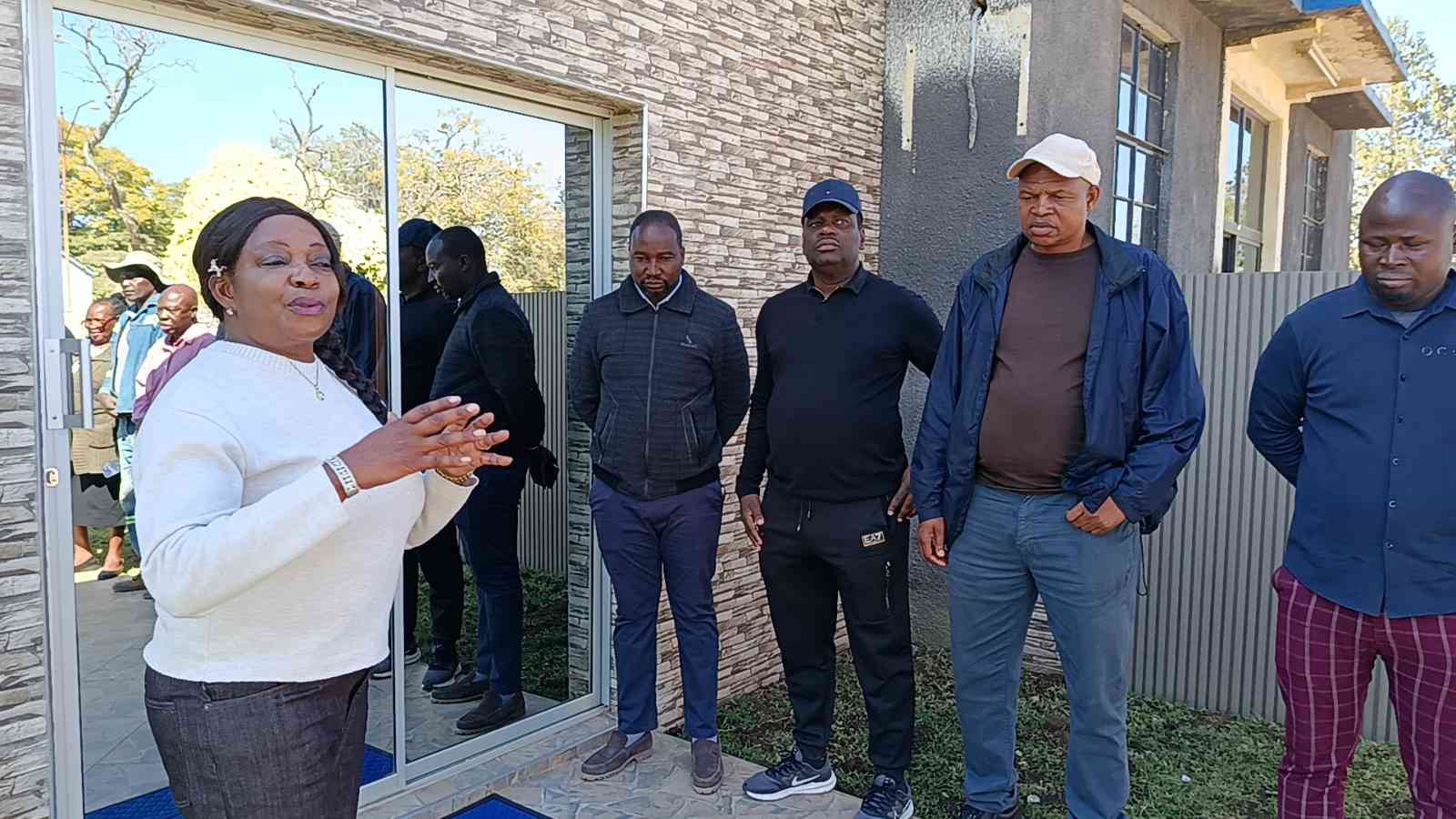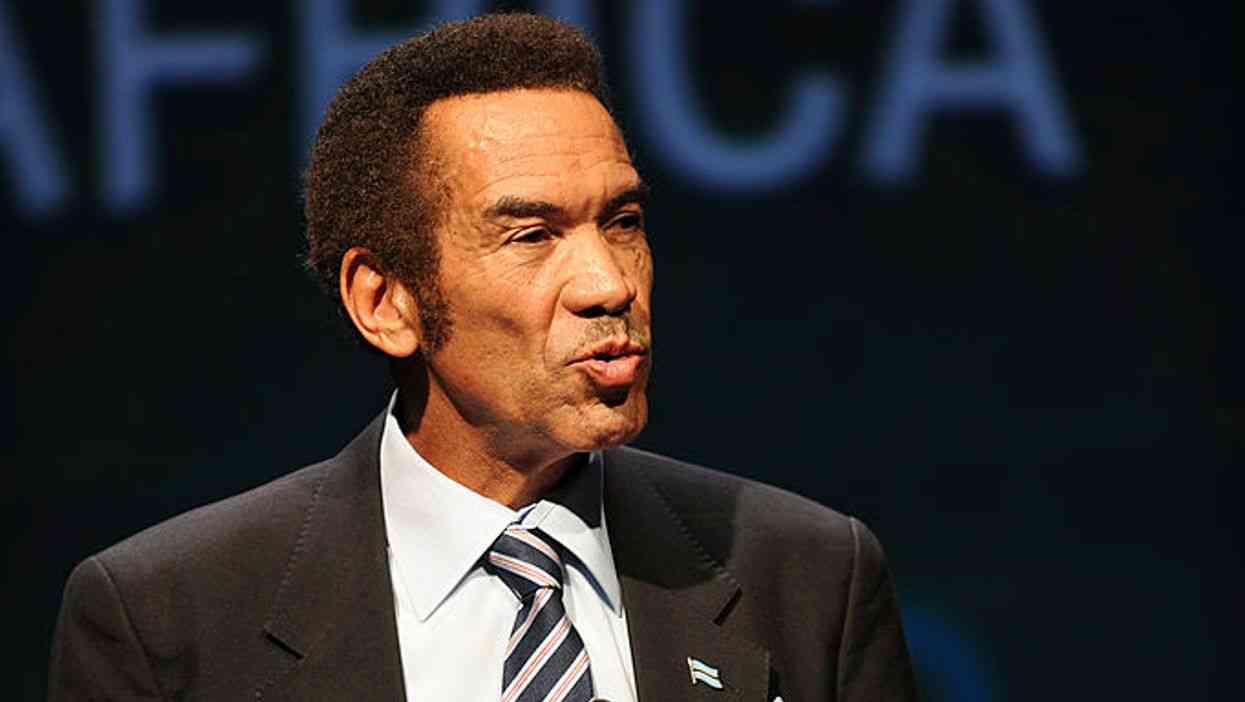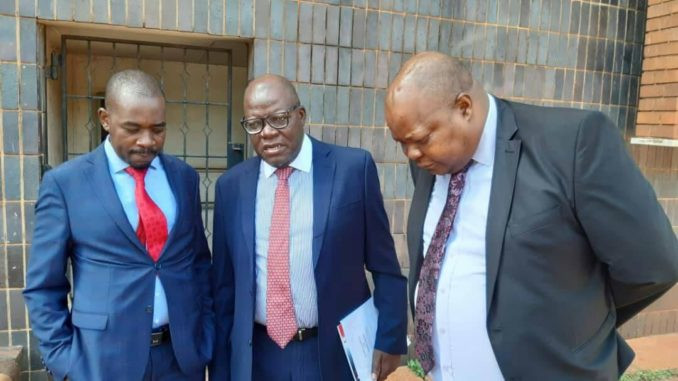
BY MOSES MUGUGUNYEKI
Thirteen-year-old Tungamirai Sibanda has never perused a book; neither did he read anything since the day schools closed for the festive season on December 18 last year.
He had to spend the better part of his prolonged school vacation herding his grandfather’s cattle or at times assisting his grandparents in the fields.
For his ailing grandparents, the Covid-19-induced schools closure presented them an extra hand in the fields.
Without any formal education, coupled with lack of appreciation of schooling, his grandparents never supported him with home learning.
“My mother is in South Africa and did not come for the holidays in December. I stay with my grandparents and younger sister who is doing Grade 4,” said Tungamirai, one of a handful of Grade 7 pupils who attended lessons at a school in Gokwe North district in the Midlands province last week.
“I never read anything during the holidays and I am the only person at home who can read. So there was no one to support me with home schooling.”
Tungamirai’s predicament mirrors the plight of hundreds of thousands of children in rural communities whose learning was disturbed by the Covid-19 pandemic.
- Chamisa under fire over US$120K donation
- Mavhunga puts DeMbare into Chibuku quarterfinals
- Pension funds bet on Cabora Bassa oilfields
- Councils defy govt fire tender directive
Keep Reading
According to UNICEF, more than one billion children globally are at risk of falling behind due to school closures aimed at containing the spread of Covid-19.
Globally, three out of four students who cannot be reached by the remote learning policies come from rural areas and/or belong to the poorest households.
The woes of Tungamirai and many other children in marginalised communities are linked to their environment and exacerbated by the Covid-19.
Poverty is the order of the day in rural communities, which in normal situations has had serious implications on the provision of quality education. Rural schools face challenges such as dearth of parental interest in children’s education, lack of state funding and resources as well as unqualified teachers.
According to the UNESCO Institute for Statistics (UIS), sub-Saharan Africa has the highest rates of education exclusion. Over one-fifth of children between the ages of about six and 11 years are out of school, followed by one-third of youth between the ages of about 12 and 14.
The UIS data shows rural communities are the most affected by the education exclusions.
Tungamirai’s headmaster said his pupil was among the brightest in his class, but pointed out that he was likely to fall behind due to the prolonged schools closure.
“He is among a few prospects in the Grade 7 class, but due to loss of formal learning, they are likely to fall behind,” said the headmaster.
“Our previous Grade 7 classes were good, but due to the lockdown, they performed dismally in the final examination. We hope this year we won’t be affected as much.”
Widespread school closures due to the Covid-19 pandemic could be a hitch to the attainment of Sustainable Development Goal 4 if last year’s Grade 7 results are anything to go by.
SDG 4 aims at ensuring inclusive and equitable quality education and promotes life-long learning opportunities for all.
According to Zimsec, the 2020 Grade 7 national pass rate was 37,11%, which was lower than the 2019 national pass rate which was 46,9%. The majority of schools in rural areas recorded a zero percent pass rate.
Teachers’ unions held the government responsible for its failure to capacitate rural schools while government shouldered the blame on teachers.
The Amalgamated Rural Teachers Union of Zimbabwe [Artuz] on several occasions lobbied that no exams should be administered since pupils did not learn during the better part of last year.
While efforts have been made to keep children learning through remote education programmes, rural scholars have had limited or no means to continue their education.
As learners trickled into schools last week with the examination classes and tomorrow for the rest of classes, most of the rural learners face the risk of never returning to school or not catching up with others, particularly with those in urban areas who have access to technologies.
“We don’t have a radio, mobile phone or watch at home,” said Tungamirai.
Shortly after independence, government, with the support of the international community, worked robustly to ensure that education was available to children living in rural areas, which saw an increase in the number of schools.
According to the then Education, Sport and Culture ministry’s 2001 data, during the first decade of independence, the number of primary schools jumped from 2 401 in 1979 to 4 504 in 1989, an 87,6% increase, and primary school enrolment showed a 177,5% increase from 819 586 to 2 274 178 during the same period.
The number of secondary schools increased from 177 in 1979 to 1 502 in 1989, a change of 748,6%, and secondary school enrolment increased from 66 215 to 695 882, a 950,9% change.
The government declared free and compulsory primary education for all students through the 1987 Education Act, thanks to the 1984 convention held in Geneva by UNESCO which declared that everyone has the right to education under Article 26 of the Universal Declaration of Human Rights.
However, in the early 1990s due to skewed policies and bad governance that saw the government accruing heavy domestic and international debts, most developmental projects particularly in rural areas were put on hold.
Ever since, there has been no meaningful development taking place in rural areas as government has failed to provide adequate resources to sustain the existing schools, and to build more in areas that don’t enjoy access to education.
Despite the government having embarked on a cocktail of measures to develop rural communities, many have proved to be populist strategies to consolidate power by the ruling Zanu PF party.
Notable are the rural electrification programme and the presidential national e-learning programme spearheaded by the late president Robert Mugabe in 2000.
According to the World Bank Sustainable Energy for All database, 20% of the Zimbabwean rural population had access to electricity in 2018.
A handful of schools were also beneficiaries of the presidential national e-learning programme since the majority do not have electricity.
The advent of the Covid-19 pandemic in March last year has since exacerbated the effects of existing learning inequalities.
Artuz early this year staged an online protest under the hashtag #SaveOurEducationZW calling on the government to address educational disparities that are negatively impacting marginalised communities in the wake of the Covid-19 pandemic.
“#SaveOurEducationZW is a class struggle against the deliberate exclusion of the sons and daughters of the working class from learning opportunities,” said Artuz president Obert Masaraure then.
Masaraure said most rural schools do not have computers, let alone internet connection or electricity, and families can barely afford data bundles for online lessons that have become the norm, thanks to the coronavirus lockdown.
He said last year’s Zimsec exams were a messy affair written by unprepared learners in unsafe environments.
“The government on the other hand has cut funding on education and standards in public schools continue to fall,” Masaraure said.
Government has said it will address some of the disparities in the education system through the National Development Strategy 1 which focuses on initiatives around inclusive education as well as innovative technologies that support alternative learning approaches from Early Childhood Development upward.
However, while thousands of scholars in rural schools make their way into schools tomorrow, they have to be content with limited learning resources.
In a move to address the issue of resources, UNICEF recently launched the Learning Passport in Zimbabwe to tackle the challenges faced by learners in accessing continued, quality education in times of crisis.
“It is a new solution designed to close the learning gap — a tech platform enabling high-quality, flexible learning,” said Laylee Moshiri, UNICEF Zimbabwe representative.
“The Learning Passport is a key innovation meant to enhance learning pathways, while providing critical continuous access to quality education.”
Sociologist Yotamu Chirwa said there are a number of inequalities besetting rural students that put them in a disadvantaged position compared to urban students.
“Most children in rural areas do not have access to new technologies compared to their counterparts in urban areas which shows the existing learning inequalities,” said Chirwa.
“During this Covid-19-induced lockdown, if learners did not have technologies that facilitate home-based learning, their education was limited somehow. Therefore, many would have lost a lot and catching up is an uphill task.”
Director of communications and advocacy in the Primary and Secondary Education ministry Taungana Ndoro said schools, including those in rural areas, were ready to open tomorrow and reiterated that government would ensure that learning institutions comply with the World Health Organisation and national guidelines on Covid-19.
“All is well in our schools and parents need not worry as effective teaching and learning will take place,” Ndoro said.










